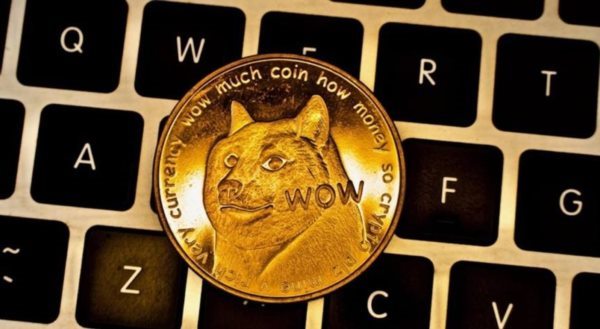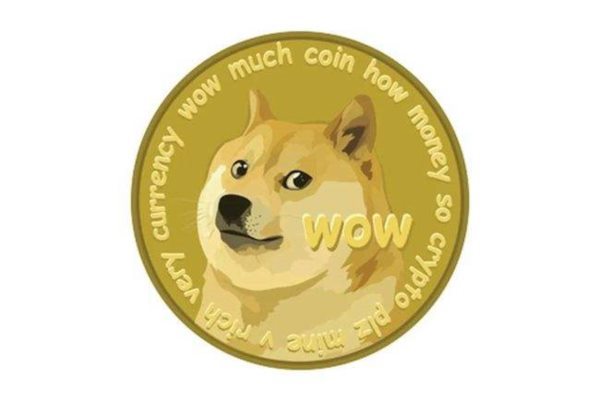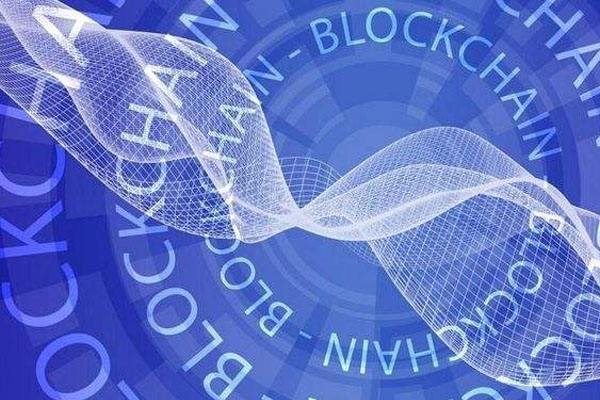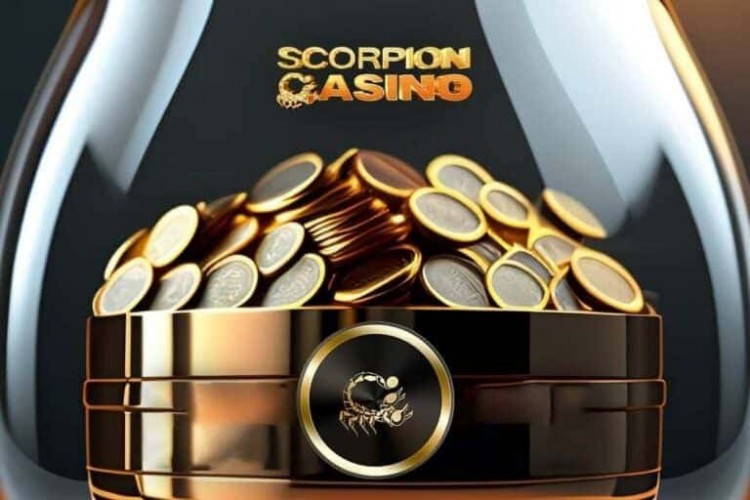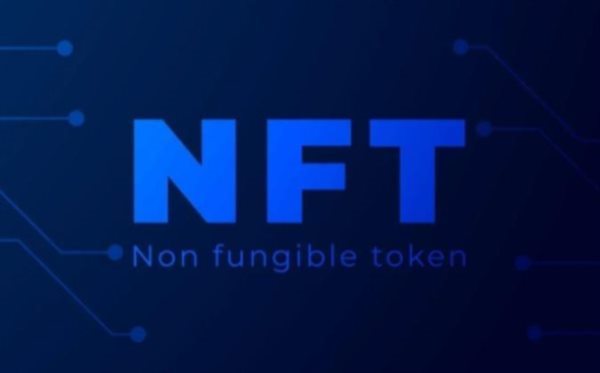时间:2023-06-22|浏览:292
Introduction Currently, most P2E games are built on Ethereum (ETH) or Solana (SOL). Unlike traditional games, P2E games allow players, rather than the companies, to own in-game assets. This unique aspect of GameFi has the potential to disrupt the gaming industry.
In traditional games like Counter-Strike, Fortnite, GTA, FIFA, and League of Legends, players rely on game studios to own and control their assets. The studios have complete control over the assets, while players have limited rights.
Additionally, most regular gamers have limited opportunities to earn real-world currency by selling assets or creating new items. In traditional games, only a few community markets, like the Steam Community Market, can be profitable.
Token Economy The digital world is giving rise to new economic models where players can earn tokens, create their digital assets (some P2E games have a "breeding" system), and have ownership rights over the digital assets. Token economy has a supply-demand relationship and plays a role in the game environment for players/users and investors.
Most GameFi platforms have two or more tokens. The first type of token is a governance token, while the second type acts as a "FIAT scheme" used to upgrade game characters. We can consider the P2E game token economy model from the following perspectives:
1. Market Cap & Supply The market cap is a key indicator that measures the total value of tokens in dollars. It is calculated based on the invested capital pool and is derived from the circulating supply and current token price. Monitoring market cap provides insights into the future value of a token.
However, a high token price does not necessarily mean a higher market cap. For example, Token A has a price of $1 with a circulating supply of 100, while Token B has a price of $2 with a circulating supply of 25. People may assume Token A has a lower value. Let's calculate the market cap:
Market Cap = Token Price x Circulating Supply Market Cap for Token A = $1 x 100 = $100 Market Cap for Token B = $2 x 25 = $50
In this case, Token A has a higher market cap than Token B, indicating its higher value. Therefore, market cap helps assess the growth potential of digital assets. Tokens are commonly classified based on market cap as follows:
- Large Cap: $10B+ - Mid Cap: $1B - $10B - Small Cap: Below $1B
Additionally, it is essential to understand that the market cap of most digital assets can experience significant volatility, as seen in recent market conditions. Also, pay attention to the circulating supply of tokens. Some tokens may be locked or burned, held only in smart contracts/wallets and not available for trading on the market.
2. Tokens Digital assets have two economic models: inflationary and deflationary tokens.
Inflationary Tokens: As mentioned before, GameFi has a token that serves as a "FIAT scheme" (Fiat-to-NFT), meaning the token is used in an inflationary manner without a maximum supply. When players engage in the game, tokens are reissued for circulation. Just like printing money in the real world can cause inflation, the virtual world works similarly. Sometimes, the supply of tokens is unlimited as long as
